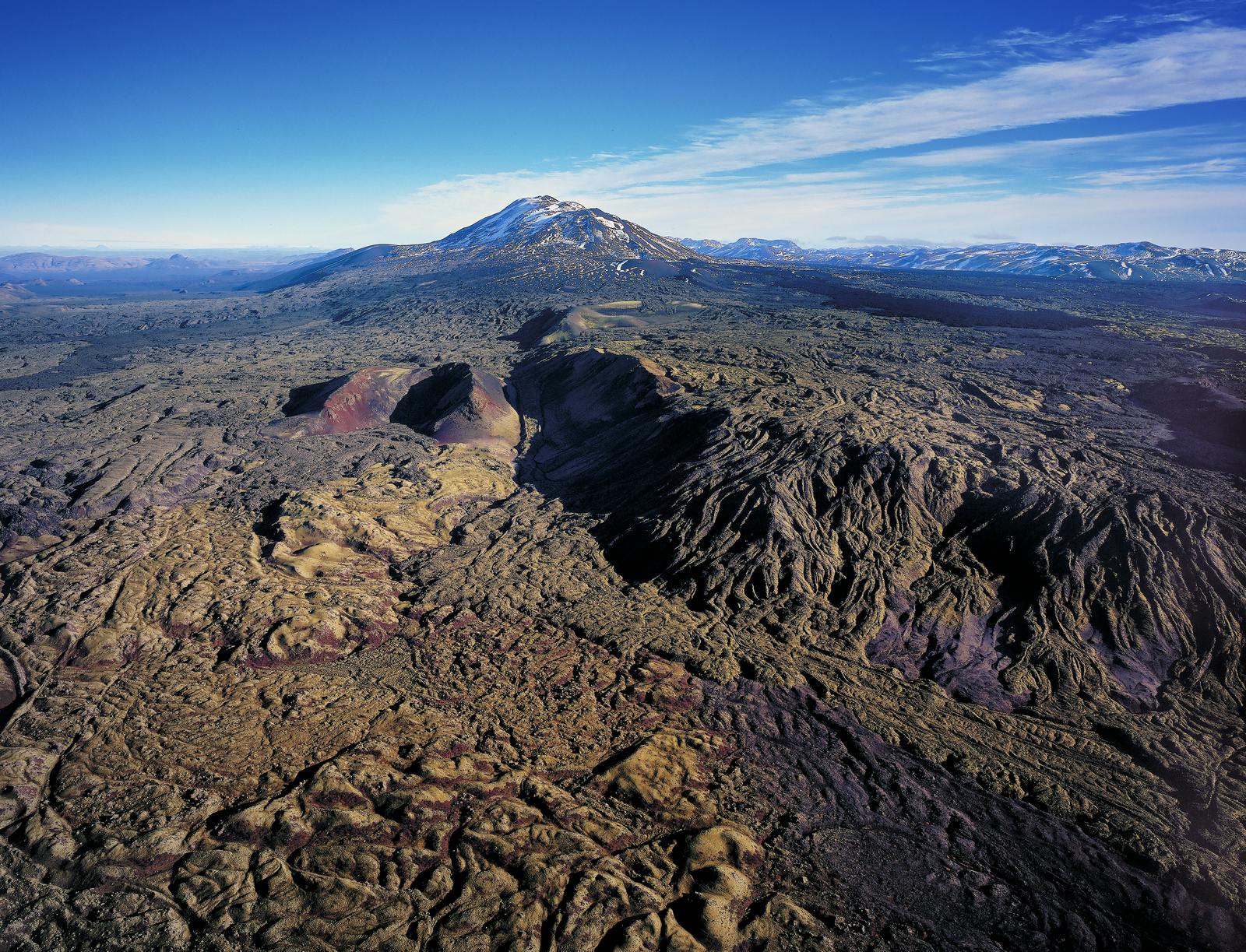
What are Composite Volcanoes?
Composite volcanoes, also known as stratovolcanoes, are characterised by their large, symmetrical cone shapes and layers of hardened lava, volcanic ash, and rock debris. These layers accumulate over time from multiple eruptions, creating the volcano’s distinct layered appearance. Their eruptions are typically highly explosive, driven by the high viscosity of their magma, which traps gases and builds pressure until it’s’ released in a spectacular and often violent eruption.
Composite volcanoes are known for their violent eruptions due to:
1. High Silica Content
The magma that feeds composite volcanoes has a high silica content, making it highly viscous. This viscosity prevents gas from escaping quickly, leading to a build-up of pressure within the magma chamber.
2. Gas Pressure
The pressure decreases as magma rises toward the surface, allowing the trapped gases to expand rapidly. This can lead to explosive eruptions as the magma is forcefully ejected, along with ash, gas, and rock.
3. Conduit System
Solidifying magma or rock fragments can block the complex conduit system of a composite volcano. These blockages can cause pressure to build up to a critical point, leading to a violent eruption when the obstruction is eventually breached.

How Composite Volcanoes Form
The story of a composite volcano begins deep within the Earth, where subduction processes at tectonic plate boundaries melt the mantle to form magma. This magma, rich in silica, makes its way upward, collecting gas and other materials as it ascends. Once the pressure becomes too great, the magma explodes through the Earth’s crust, creating an eruption. Over time, these eruptions build up the volcano’s iconic structure, layer by layer, with each episode adding to its height and complexity.
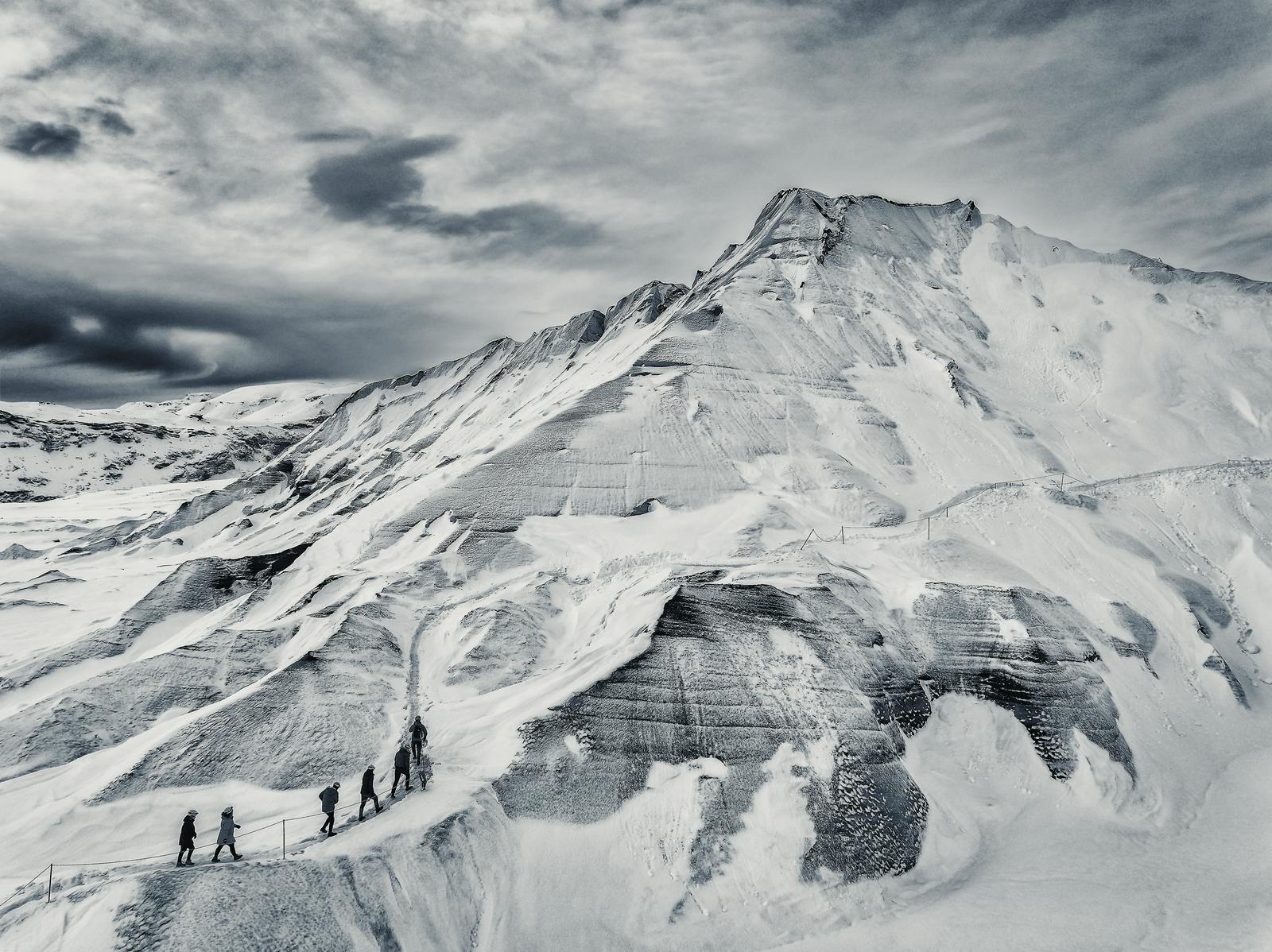
The Dramatic Landscapes of Composite Volcanoes
Despite their dangers, composite volcanoes are responsible for some of Earth’s’ most dramatic and beautiful landscapes. Their towering peaks, such as those found in the Pacific Ring of Fire, dominate the skyline and attract adventurers and nature lovers from around the globe. The rich soils found on their slopes support diverse ecosystems and are highly valued for agriculture, helping communities that have adapted to live with the constant threat of eruption.
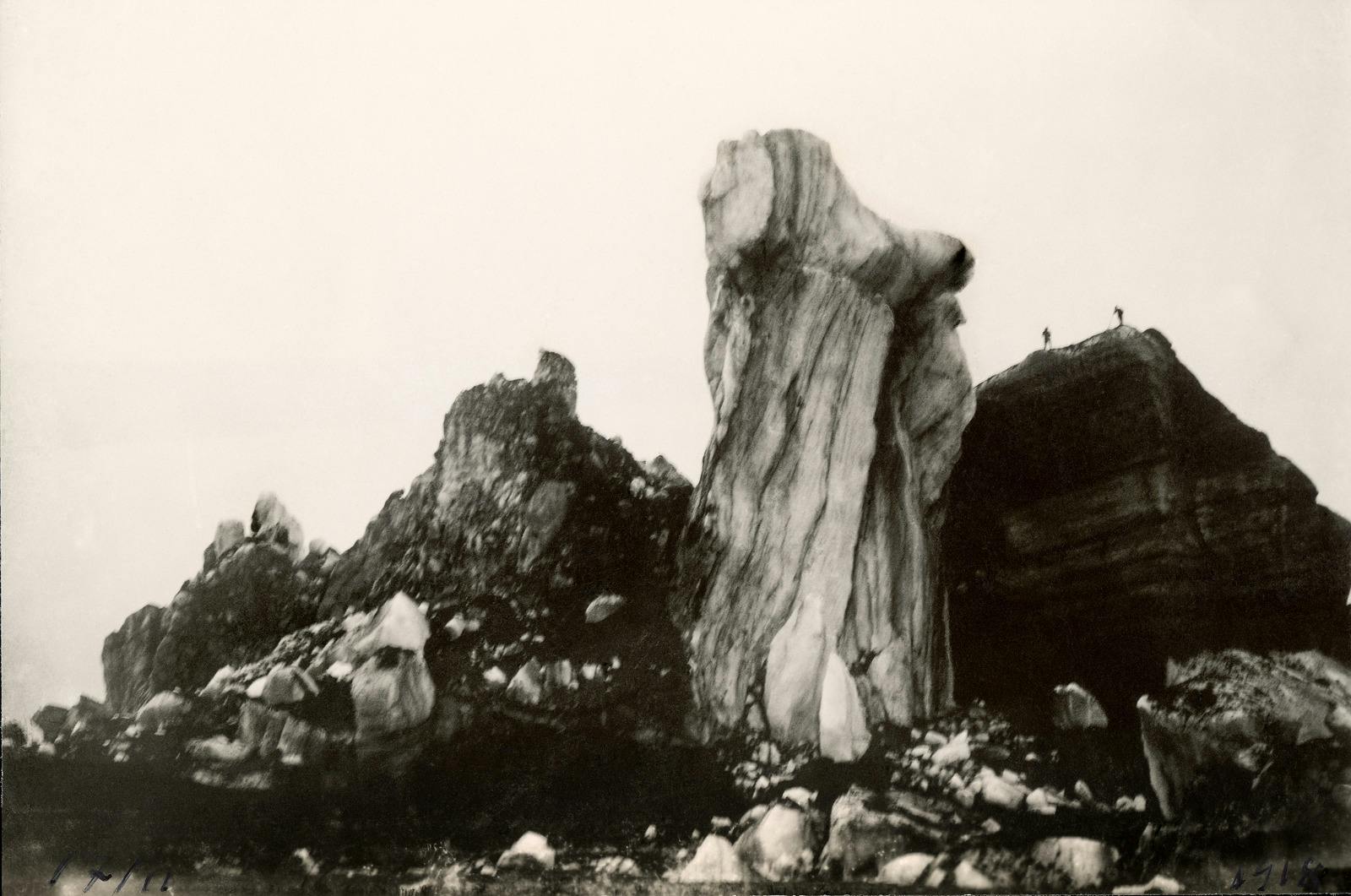
Composite Volcanoes in Iceland
Iceland, a land more commonly associated with shield volcanoes and vast basaltic lava fields, also features composite volcanoes within its dramatic landscape. The island’s unique position atop the Mid-Atlantic Ridge and over a hotspot means that volcanic activity is a constant part of its identity. While Iceland’s’ composite volcanoes, such as Katla, Hekla, Öræfajökull and Askja may not be as large as those found in other parts of the world, they are equally capable of explosive eruptions, as history has repeatedly shown. These volcanoes add to the island’s allure, drawing visitors eager to witness the power of Earth's geology firsthand.
The Mysterious World of Composite Volcanoes
Composite volcanoes are some of our planet’s most stunning natural features, shaping landscapes and ecosystems with their eruptive might. Their presence reminds us of the dynamic planet we inhabit—a world of creation and destruction, often existing side by side. In Iceland and beyond, these geological giants continue to captivate and intrigue us, offering a window into the forces that have sculpted the Earth’s surface over aeons. As we study and explore these volcanoes, we gain a deeper appreciation for nature’s power and invaluable insights into how to live harmoniously with our planet’s fiery temperament.
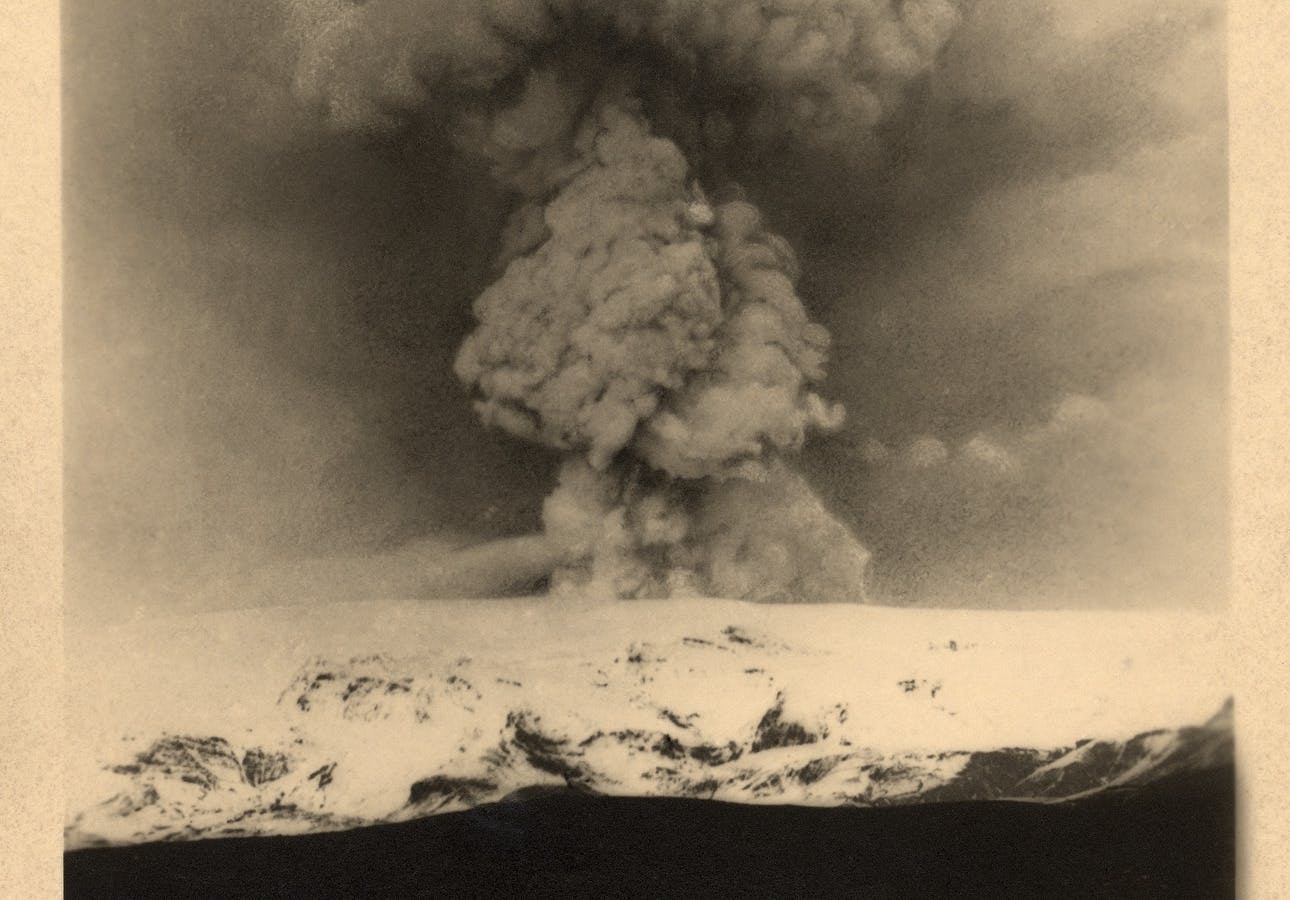
What are the Composite Volcanoes in Iceland
Iceland is predominantly known for its basaltic lava flows from shield volcanoes and fissure eruptions due to its location on the Mid-Atlantic Ridge. However, it does have composite volcanoes, which include:
Hekla
Often dubbed “The Gateway to Hell” in medieval times, Hekla is one of Iceland’s’ most active and famous composite volcanoes, known for its significant, explosive eruptions. It has had 18 documented eruptions in historical time, the last one in the year 2000.
Katla
Hidden beneath the Mýrdalsjökull glacier, Katla is a large and powerful composite volcano. Its eruptions are often associated with significant glacier outburst floods.
Öræfajökull
Öræfajökull with its peak Hvannadalshnjúkur, is the highest mountain in Iceland, 2110 m. The mountain has erupted twice in historical times, in 1362 and 1728. The eruptions were highly explosive, especially the first one, accompanied by de-wasting meltwater floods and covering large areas with white, rhyolitic tephra.
Askja
Askja is most famous for its composite calderas and the caldera lake, Öskjuvatn. The lake, the deepest one in Iceland, was formed after a colossal explosive eruption in 1875.
While these volcanoes might not fit the classic image of a composite volcano as perfectly as those found in other parts of the world, they share many characteristics, including explosive eruptions, lahar floods and a composition that can include andesitic to rhyolitic materials.
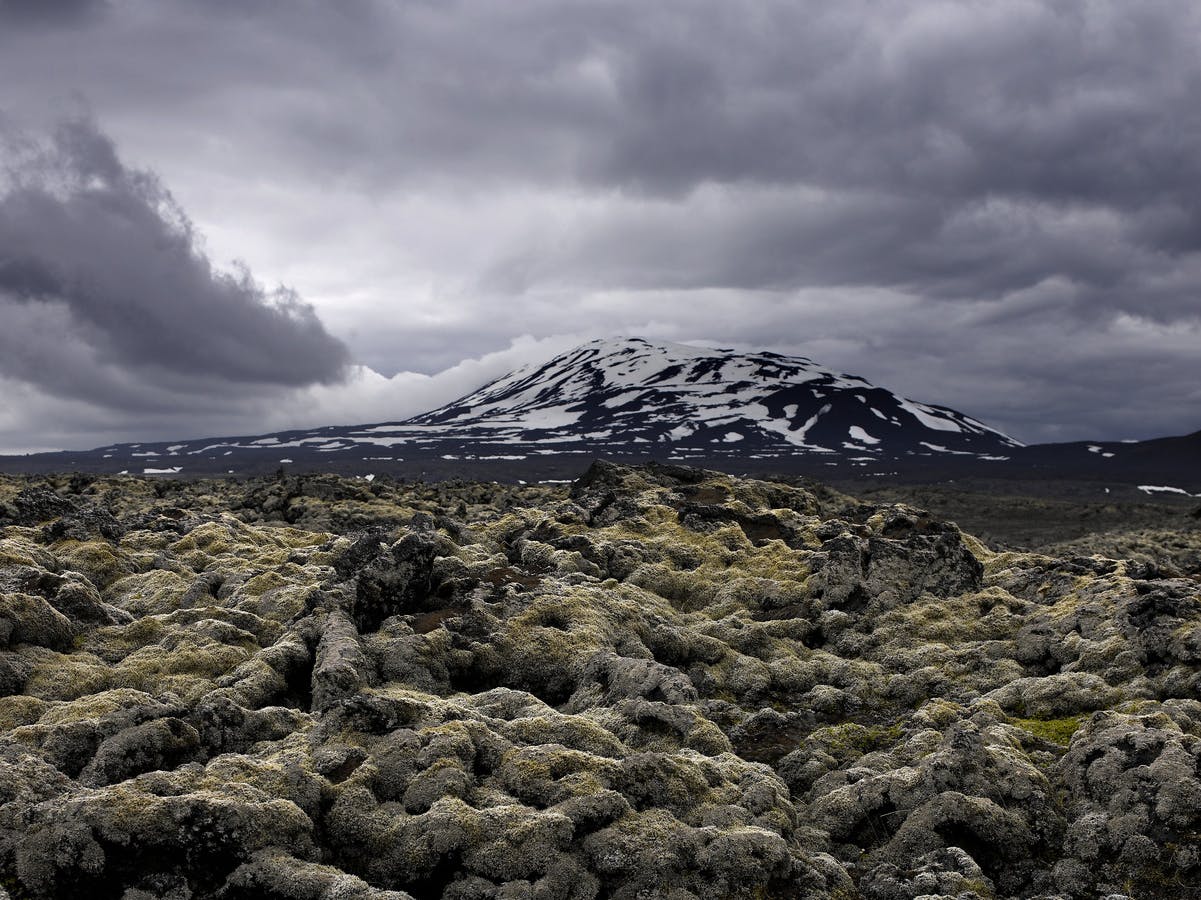
Safety and Composite Volcanoes
Living near a composite volcano can be risky due to the potential for explosive eruptions, pyroclastic flows, ash falls, and lahars. The degree of safety depends on several factors:
- Monitoring and Preparedness: Advances in volcanic monitoring and early warning systems have significantly improved the ability to predict eruptions and mitigate risks to populations living near composite volcanoes.
- Evacuation Plans: Effective evacuation plans and public awareness campaigns are crucial for minimising casualties during an eruption.
- Infrastructure Resilience: Building structures and infrastructure designed to withstand volcanic hazards can reduce damage and facilitate quicker recovery post-eruption.
Learn About Volcanoes in Reykjavík
Perlan’s’ Forces of Nature exhibition allows guests to feel the immense power of volcanoes, earthquakes, and geothermal energy that powers the island. In the heart of Reykjavík, guests can learn about the volcanoes that form when heat and pressure build up beneath the Earth’s surface. The Earth’s weak points tend to be along fault lines where tectonic plates converge or diverge, as in Iceland’s’ case. The exhibition is a unique, family-friendly museum experience that entertains and informs.
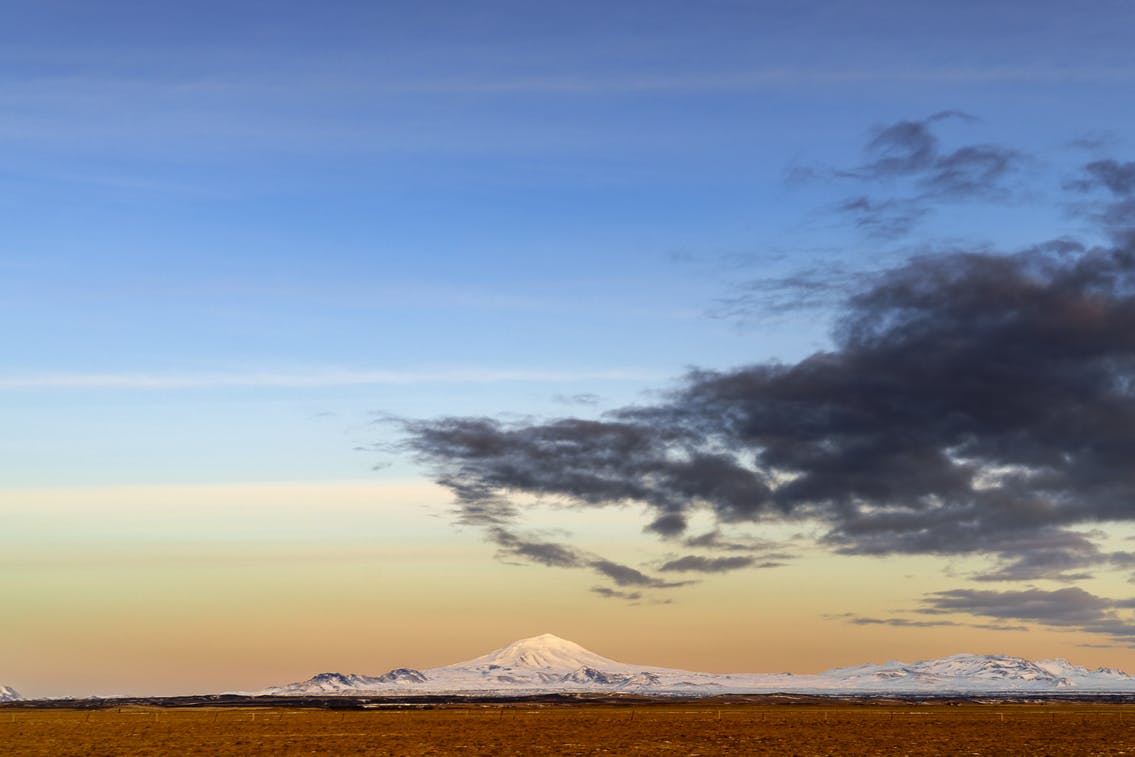
FAQ
Can scientists predict eruptions from composite volcanoes?
While prediction remains challenging, advancements in monitoring techniques have improved our ability to forecast eruptions, providing critical warnings that can save lives and minimise damage.
Why are composite volcanoes more explosive than other types?
The high silica content of their magma increases its viscosity, trapping gases that build pressure until they’re’ explosively released.
Are there benefits to volcanic eruptions?
Volcanic soils are incredibly fertile, supporting agriculture, and eruptions also play a vital role in the Earth’s carbon cycle, among other benefits.
Popular articles

Things To Do In Reykjavík In November
Discover the best things to do in Reykjavik in November, from witnessing the Northern Lights and exploring museums to enjoying cozy cafes and geothermal hot springs.
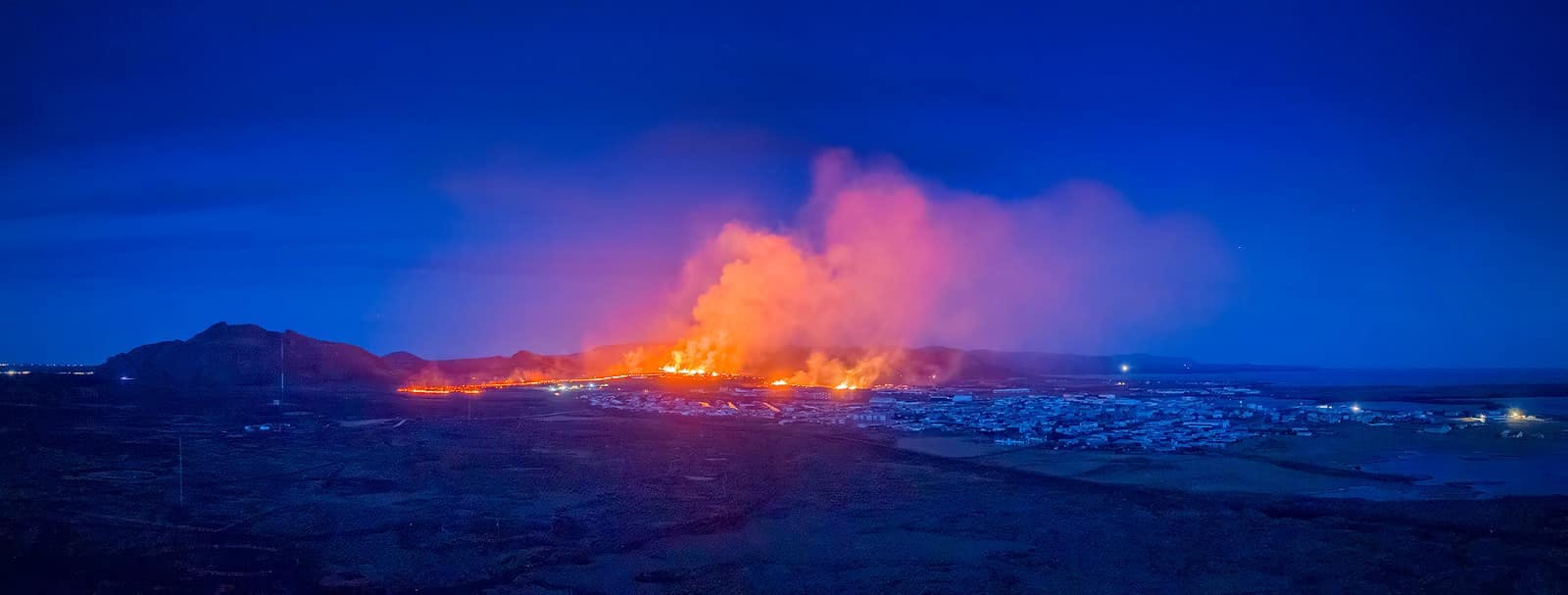
Updates on the Sundhnúkagígar Eruption in the Reykjanes Peninsula!
The current eruption in the Reykjanes Peninsula, is called Sundhnúkagígar Crater Row. See insights on the seismic activity and volcanic eruptions in the area!
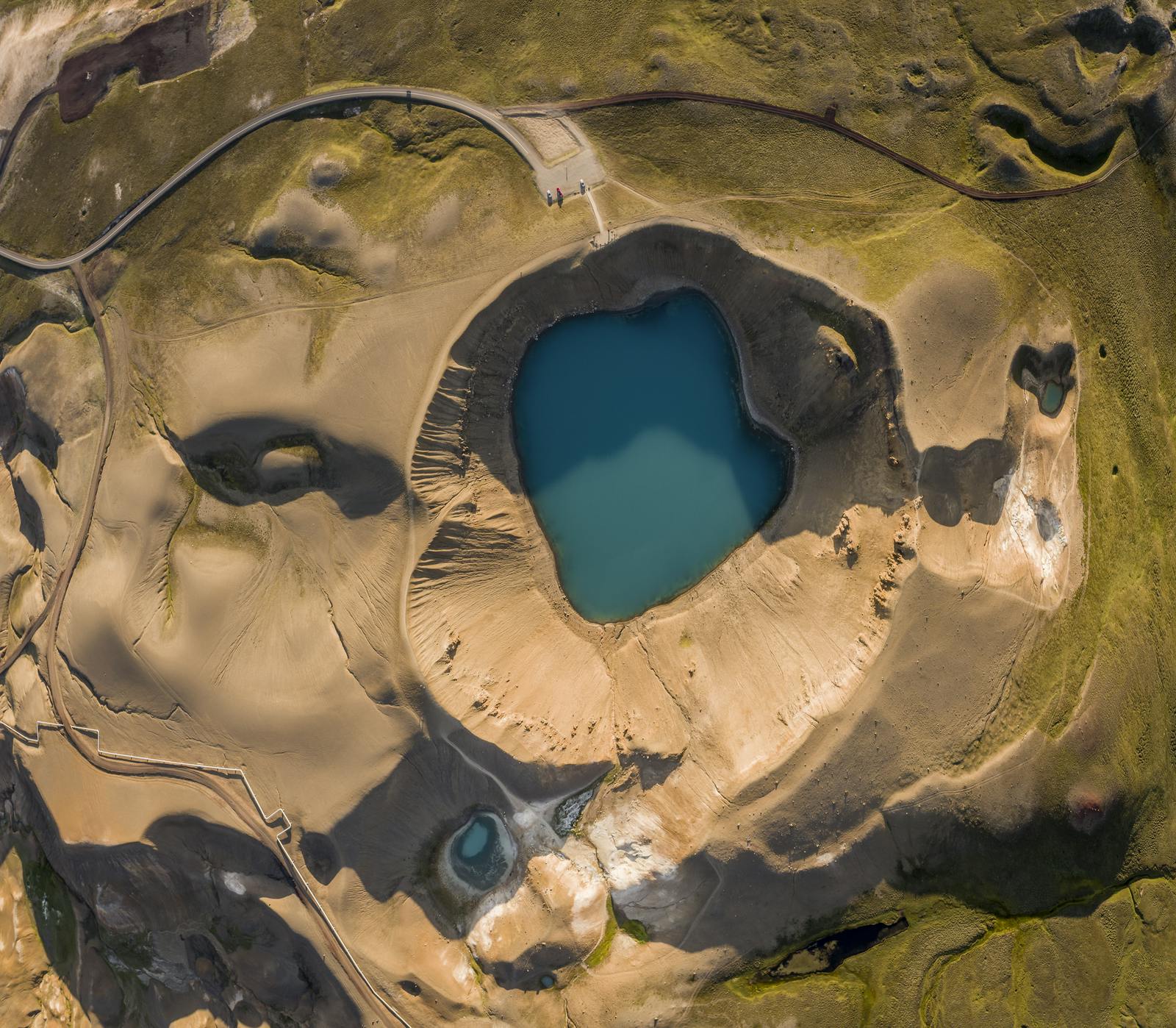
Earthquakes in Iceland
Earthquakes in Iceland are a fact of life. Each year, thousands of small tremors shake the earth, a reminder of the country’s position on a tectonic plate boundary.
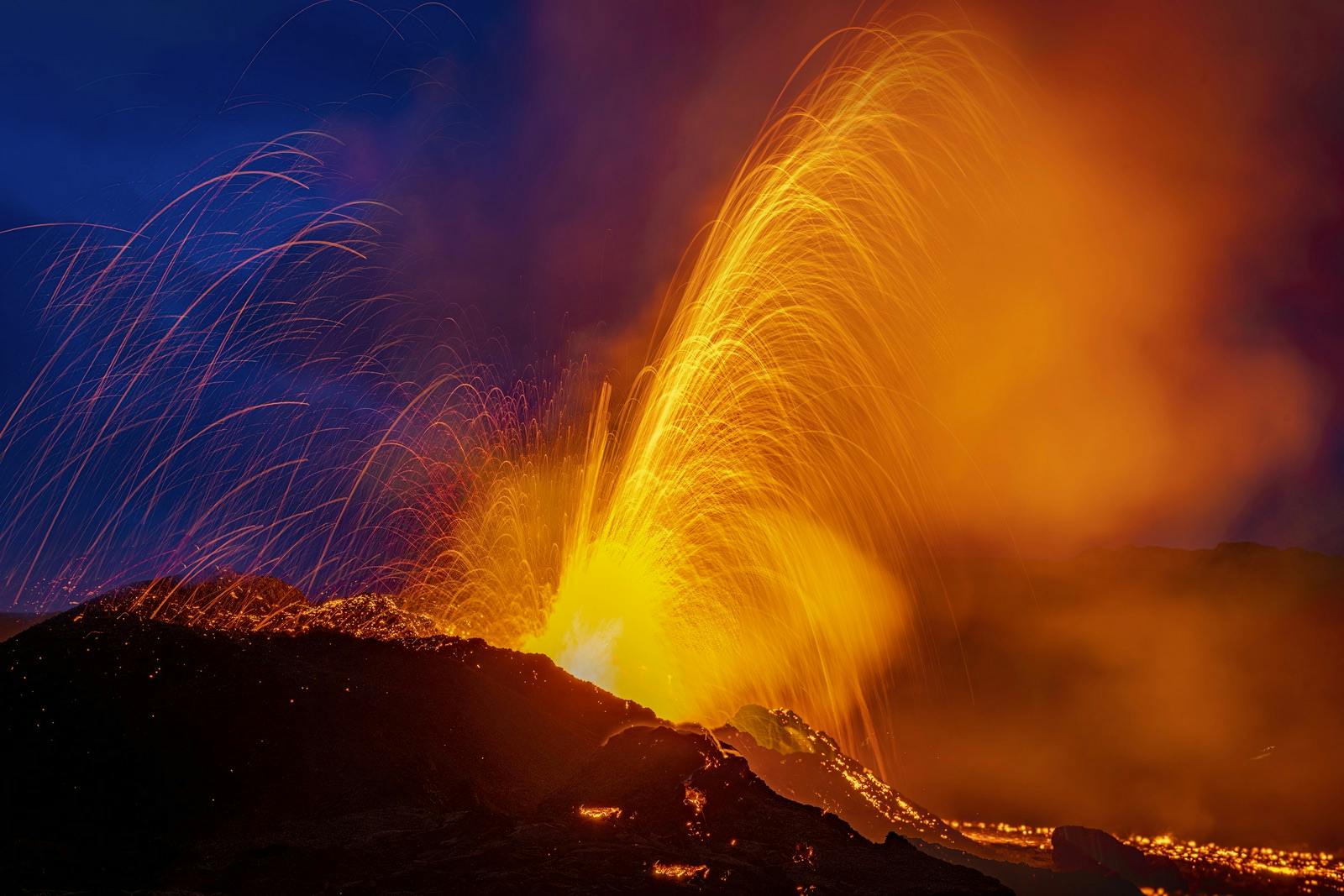
Volcano Museums and Exhibitions in Iceland
If you don't manage to visit an actively erupting volcano in Iceland - Experience its force at one of these excellent volcano museums and exhibitions in Iceland.
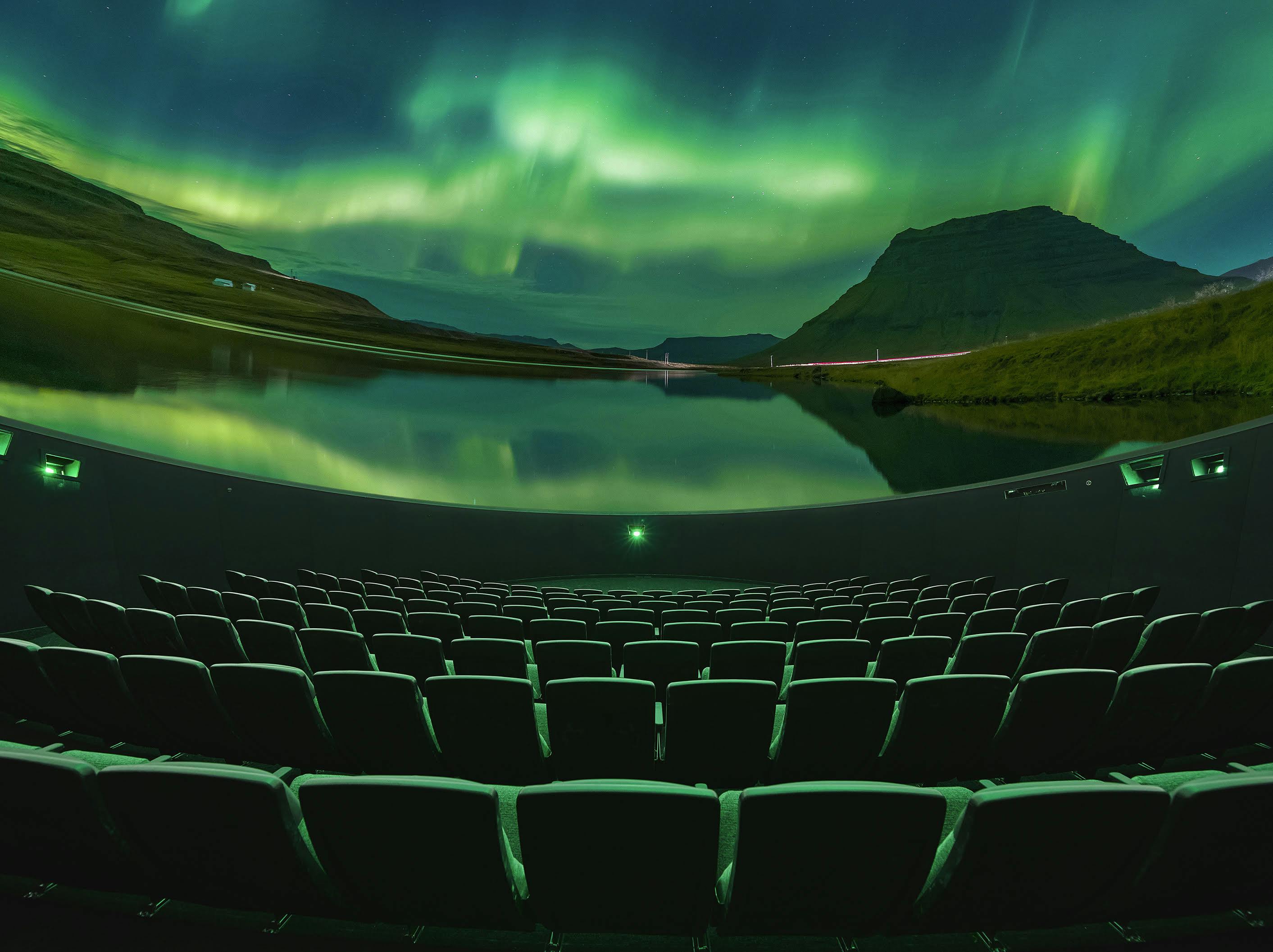
Top 10 Places To See the Northern Lights in Iceland
You can see the northern lights across the country, but some spots are more suitable than others. Find the best place to see the northern lights in Iceland.
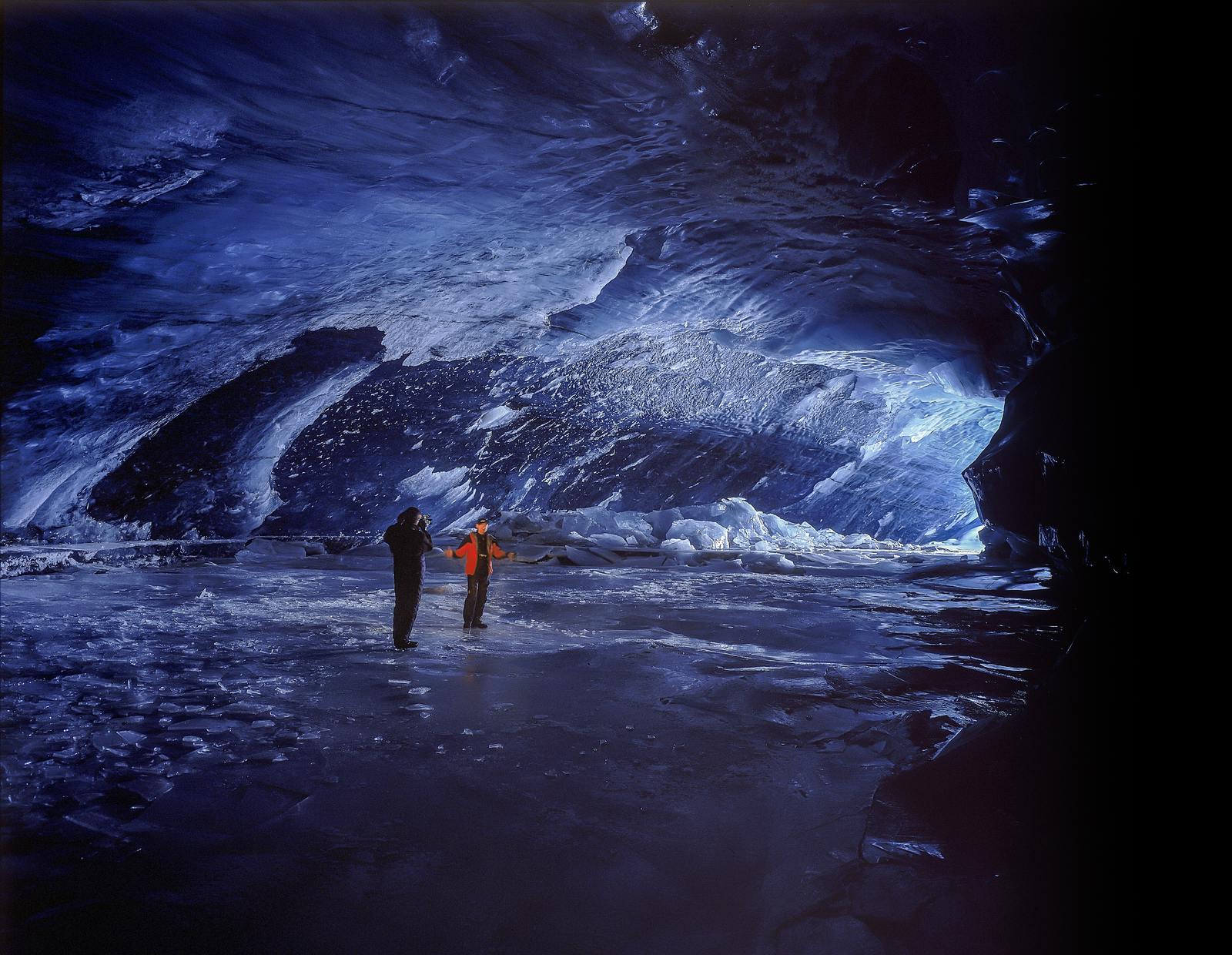
Ice Caves From Reykjavik
Travel beyond the capital for a closer look at an ice cave under one of Iceland’s glaciers. If you can’t spare the time, experience Perlan’s ice cave in Reykjavik.